Tunisia – the magic of Africa’s Mediterranean coast

History, sights, activities and culture
African landscapes, Mediterranean fragrance, Roman grandeur of Antiquity, Arab culture and modern tourism – all gathered in Tunisia – the perfect destination for a vacation during the autumn! So tighten your belts and get ready for an exciting adventure.
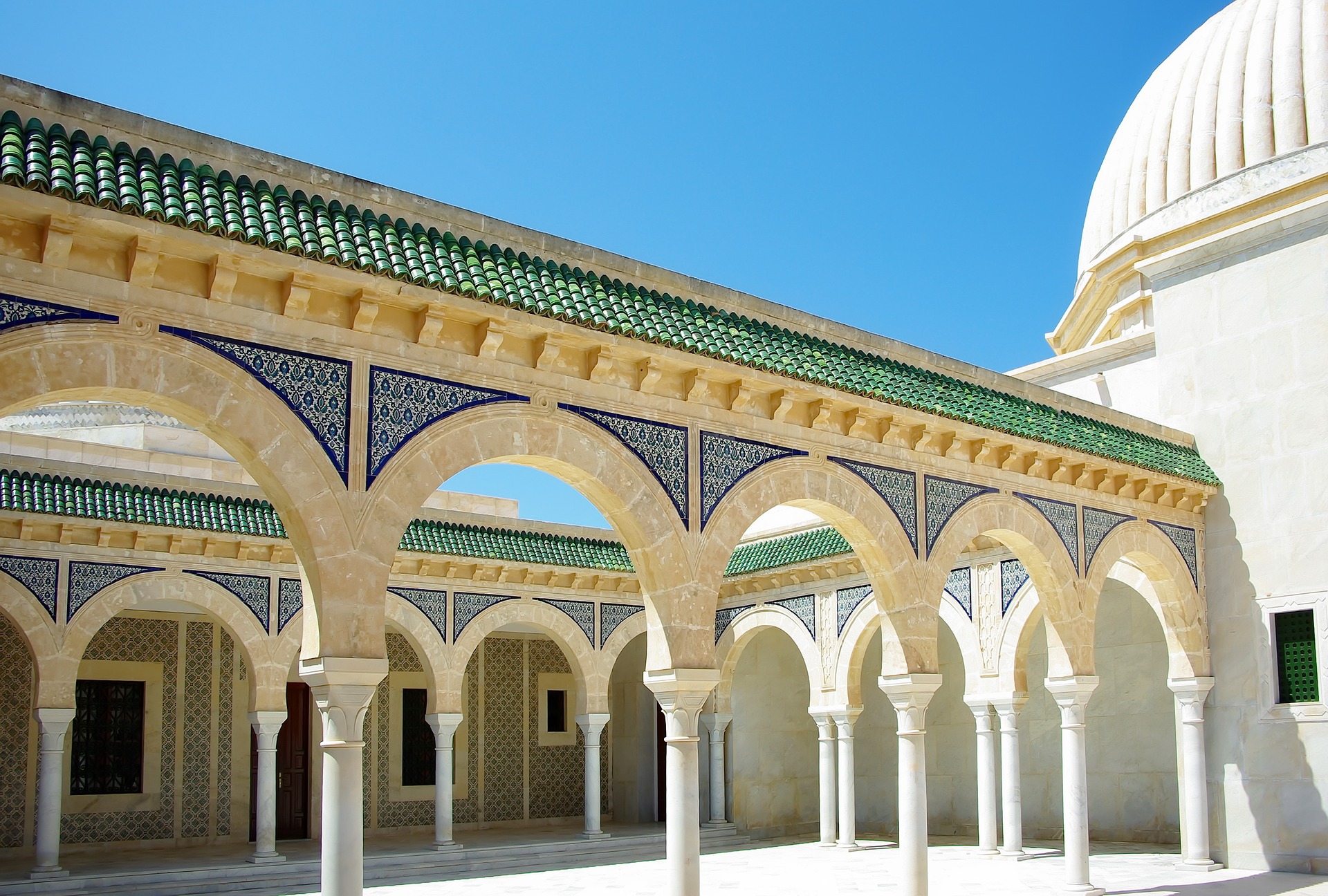 pixabay
pixabayHere you will find colorful and centuries-old history, an incredible selection of cultural and natural landmarks, marvelous beaches with clean fine sands, spectacular desert oases and many unforgettable moments. You will also have the opportunity to go to an African zoo, find out what it is like to ride a camel and even drive ATVs in the desert. Hurry up, Tunisia is waiting for you!
LOCATION
Tunisia, along with Algeria, Morocco and Western Sahara, is part of the so-called Maghreb region. Here the fertile valleys, the beautiful plains and the surrounding mountains face the romance of the endless Sahara desert, which accounts for about 40% of the country’s area. The highest peak is Jebel ech Chambi (1,544 m.) and the average height of land above sea level is 700 m.
The capital of the country is named Tunis and is in the northern part of it, on the shores of the Tunisian lake and the Mediterranean Sea. However, the most preferred resorts are Hammamet, Sousse, Port El Kantaoui and others. They are located in the northwest of the country and perfectly combine the Arab, Berber and Islamic heritage of the sunny Tunisia. There are four airports here, as the flight from Bulgaria to Tunisia lasts about two hours.
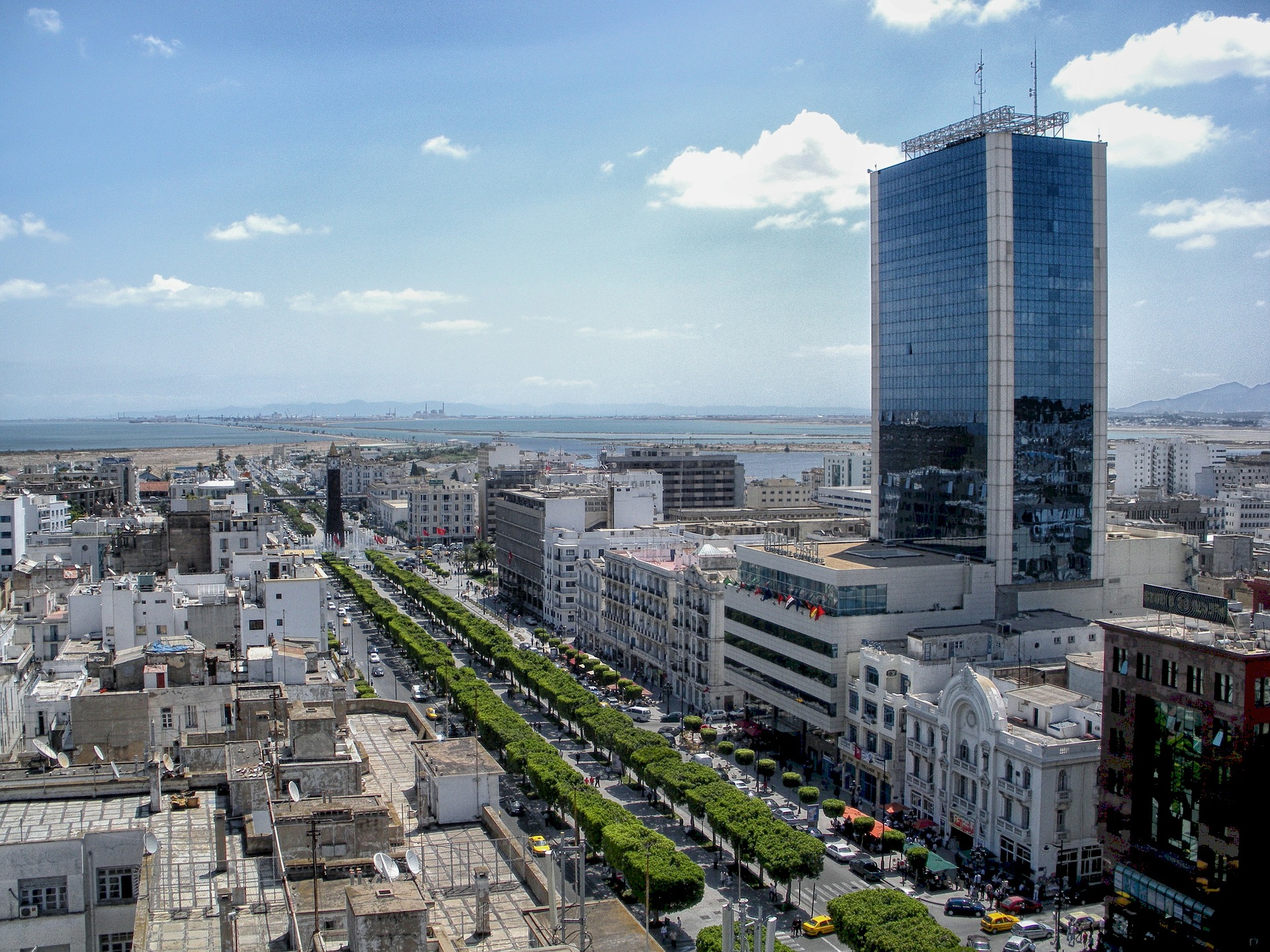 pixabay
pixabayHISTORY
The history of Tunisia is so rich and ancient that it could hardly be narrated briefly. The earliest evidence of human activity in the region dates back 200,000 years ago (the Stone Age). The indigenous peoples, the Berbers, who still live here, have been dwelling in the lands of Tunisia and North Africa since immemorial times. They were often mentioned in ancient Egyptian, Greek and Roman sources. Later, around the 12th century BC, the Phoenicians arrive here, who in the 9th century BC found the legendary town of Carthage.
Actually, legend has it that, its true founder was queen Elissa (better known as Dido) herself. After her brother, Pygmalion, murdered her husband, she, together with her people, had to escape and seek shelter in North Africa. Here Dido made a seemingly strange but profitable bargain with the Berber King Jarba. She offered a substantial amount of wealth in exchange for what she could contain within the skin of a bull. When they agreed to what seemed an exchange greatly to their advantage, Dido showed how clever she really was. She cut the hide into strips and laid it out in a semi-circle around a strategically placed hill with the sea forming the other side. Dido then ruled Carthage as queen. In fact, the name of the city as we know it today originally comes from the Phoenician Kart-hadasht meaning “new city”.
Later, thanks to the highly developed Phoenician trading overseas, the city flourished and quickly became the leading political and economic power of the Mediterranean. Carthage even founded its own colonies and gradually began to compete at first with Syracuse and then with Rome. Thus Carthage would become the main rival of the Roman Empire at that time, which would lead to the historical Punic wars. You may have heard of the oratory phrase "Carthage must be destroyed".
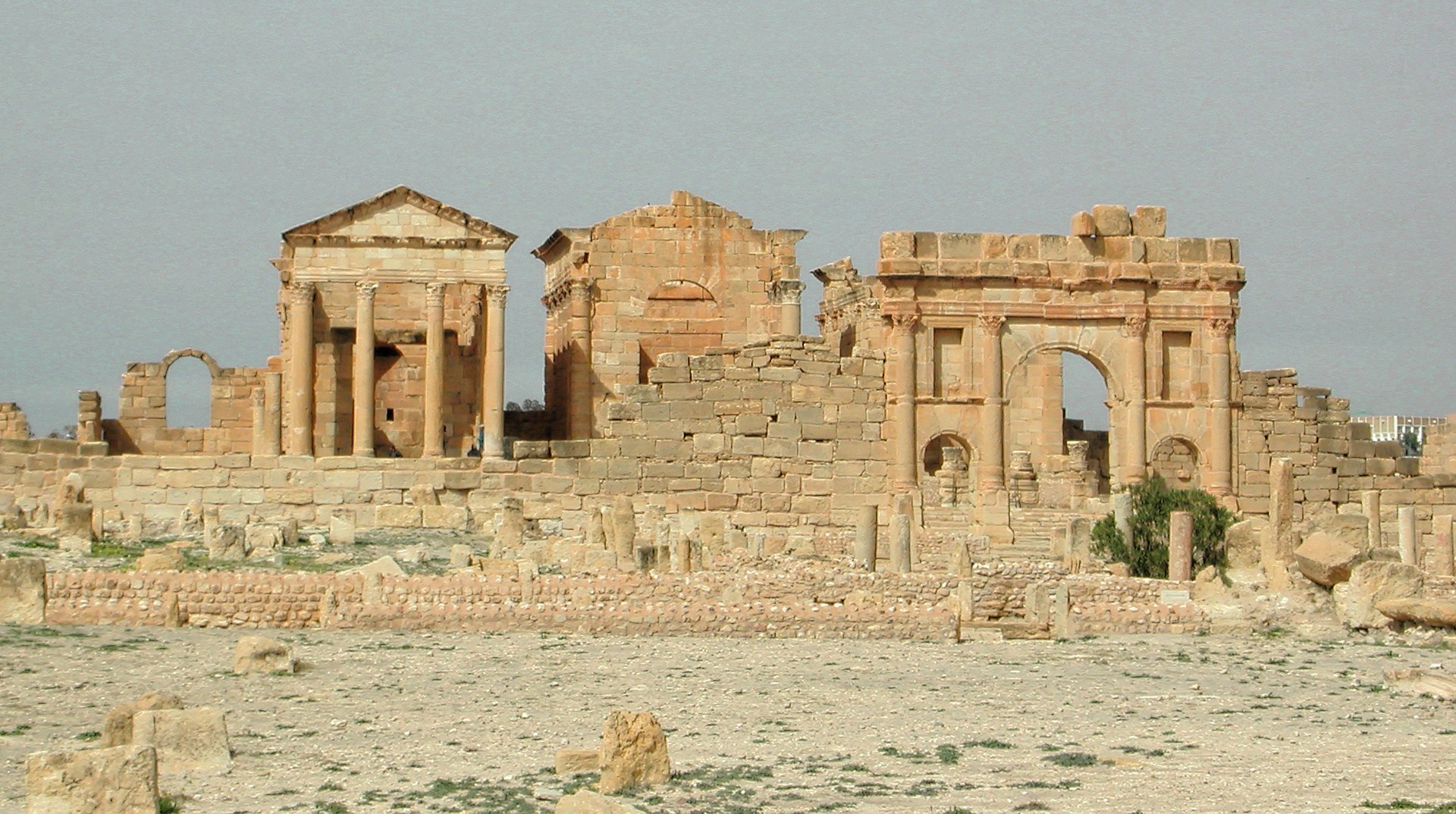 pixabay
pixabayWell, it was spoken by the Roman politician Cato the Elder, who during the last years of the Punic Wars always ended his speeches in the Roman Senate with the words "I also think that Carthage must be destroyed," even when Carthage was not concerned at all. Yet, in 146 BC after the end of the Third Punic War, the city was indeed burned down and destroyed by the Romans.
However, a second period of prosperity followed. Once the city was completely destroyed, the Romans decided to rebuild it, but this time as the Roman Carthage and with a Roman town-planning model. Gradually, his previous glory returned and it became one of the most important cities in the whole empire after Alexandria and Antioch, starting to function as a capital of the first non-European Roman province of Africa.
Subsequently, Tunisia was conquered by several big countries and empires. In 534 it passed under the rule of Byzantium, and in the 7th century – of the Arab caliphate. The country became an important center of the Islamic world. After alternate periods of relative peace and devastating raids, in the 16th century Tunisia was conquered by the Spaniards, and in 1574 it became part of the Ottoman Empire.
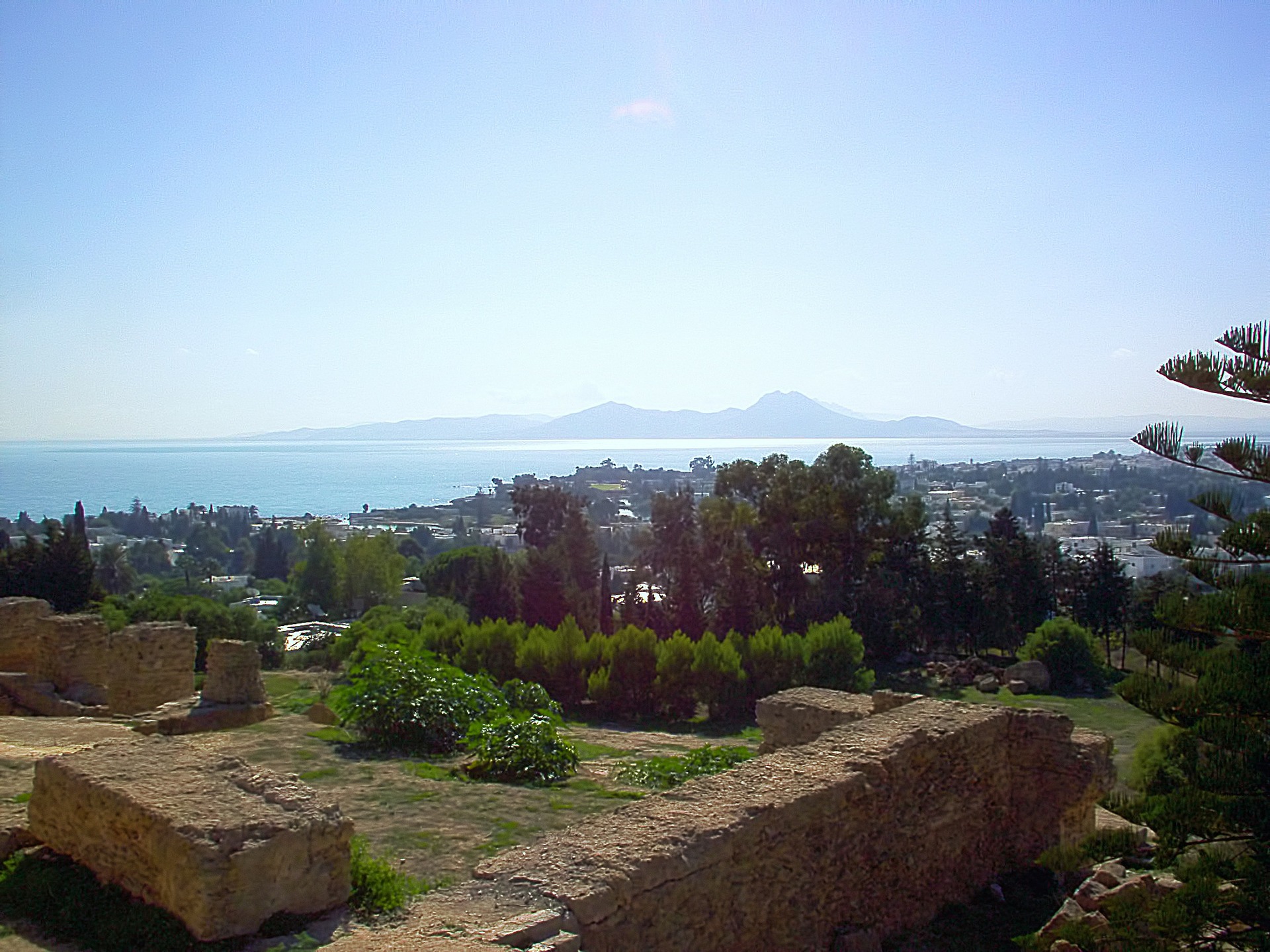 pixabay
pixabayIn 1881, Tunisia was occupied by France and then was turned into one of its colonies. That was also the time when the national liberation movements arose and the first national organizations emerged. After a series of occupations, to which many resistance movements were put up to, in 1963, Tunisia was completely liberated and became an independent republic.
Today it is one of the most developed countries in Africa and with its interesting combination of history, culture and nature attracts thousands of tourists every year.
POPULATION AND CULTURE
Being a country with such a rich history, over the centuries Tunisia was passed through many different people, ethnicities, and religions. Its culture is a result of more than 3,000 years of history and interpenetration of multiethnic influences.
The largest ethnic group today is that of the Arabs, who settled here during the Arab invasion of the early Middle Ages. The indigenous population - the Berbers – live mainly in the mountain regions. Interestingly, over the centuries, they have often changed their faith and as a result curious syncretic religious forms have occurred.
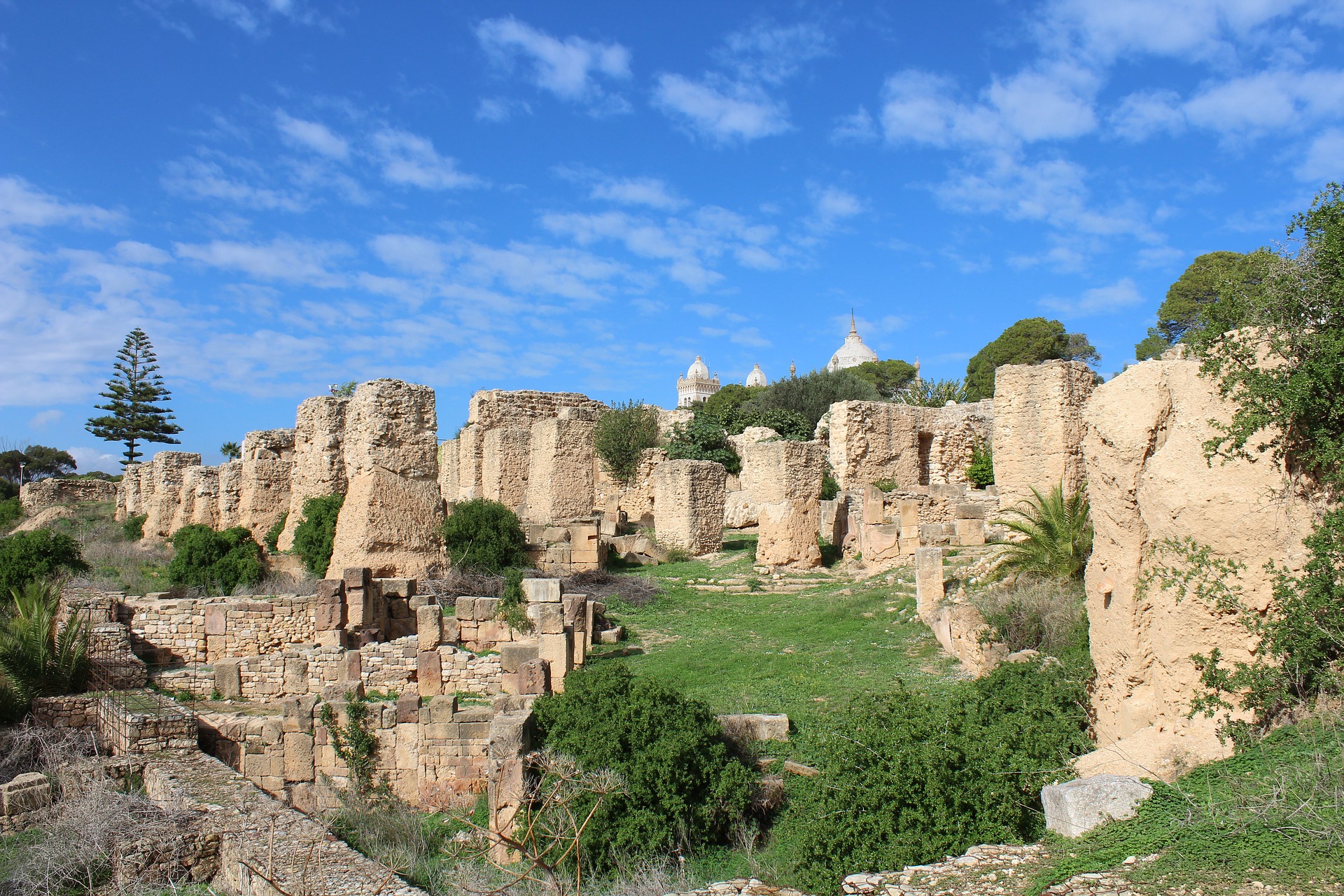 pixabay
pixabayThe Phoenician religion was spread for a very long time, after which came the Christian influence, following the Islam. Today, over 90% of the entire Tunisian population are Sunni Muslims. There are also many Jews here, who were even more prior to the great emigration of the 1960s. Spread here, apart from the Arabic, are also the Berber and the French languages.
TUNISIAN CUISINE
 pixabay
pixabayDefinitely you should not miss to taste the local cuisine! It is a unique combination of culinary influences and traditions of all the peoples who had passed through these lands: Berbers, Phoenicians, Romans, Greeks, Arabs, Ottomans, Frenchmen and even Germans... What a wonderful mix! Like in most of the Mediterranean cuisines, olive oil, tomatoes, seafood, fish, as well as many spices and flavors predominate here. However, among all Mediterranean dishes, the Tunisians are considered the sharpest.
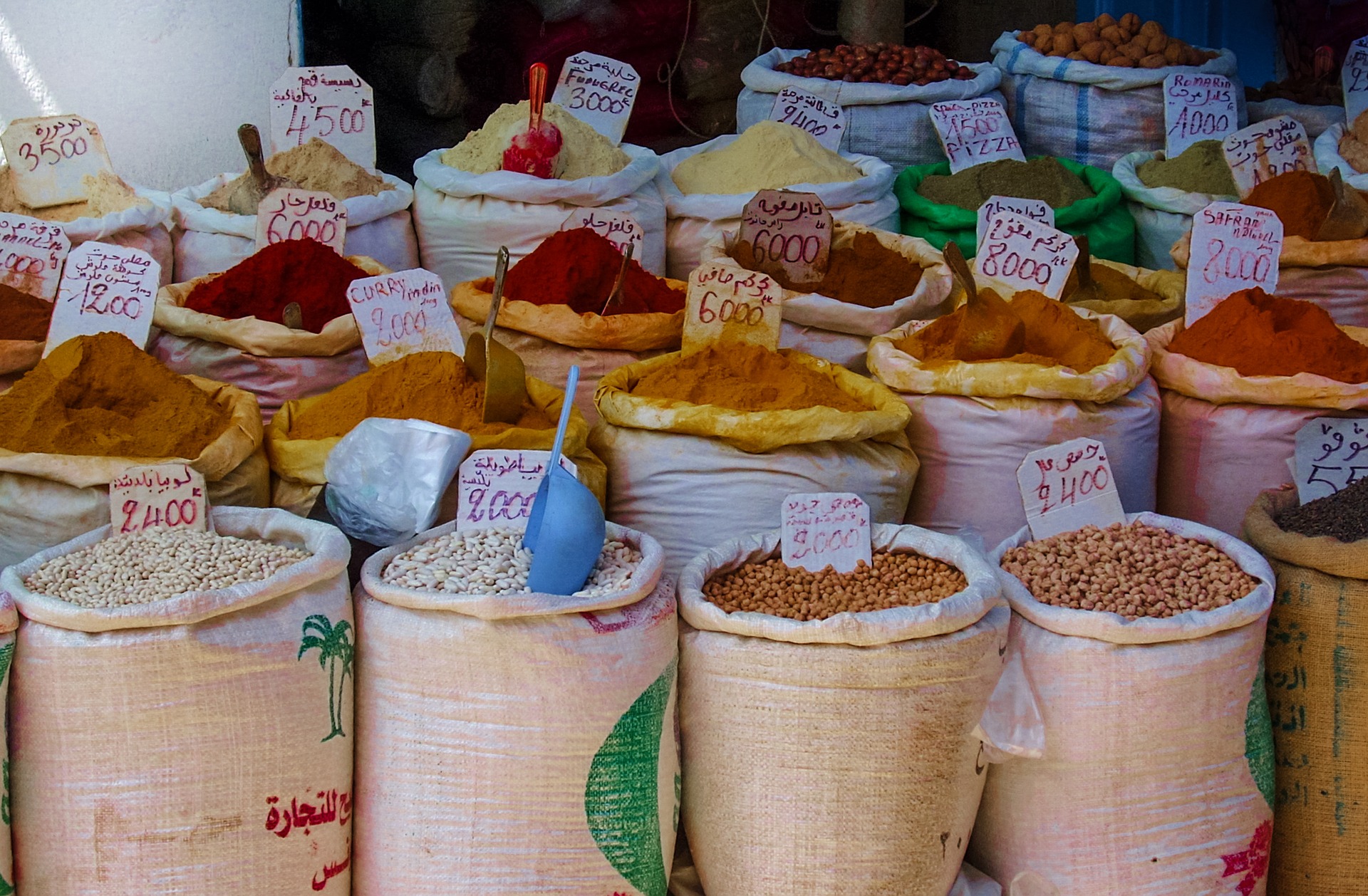 pixabay
pixabayWhat attributes to their taste is the national Tunisian sauce called "Harissa". Made from chili, cumin, garlic, coriander, tomato paste and olive oil, it is an integral part of the culinary culture of the country.
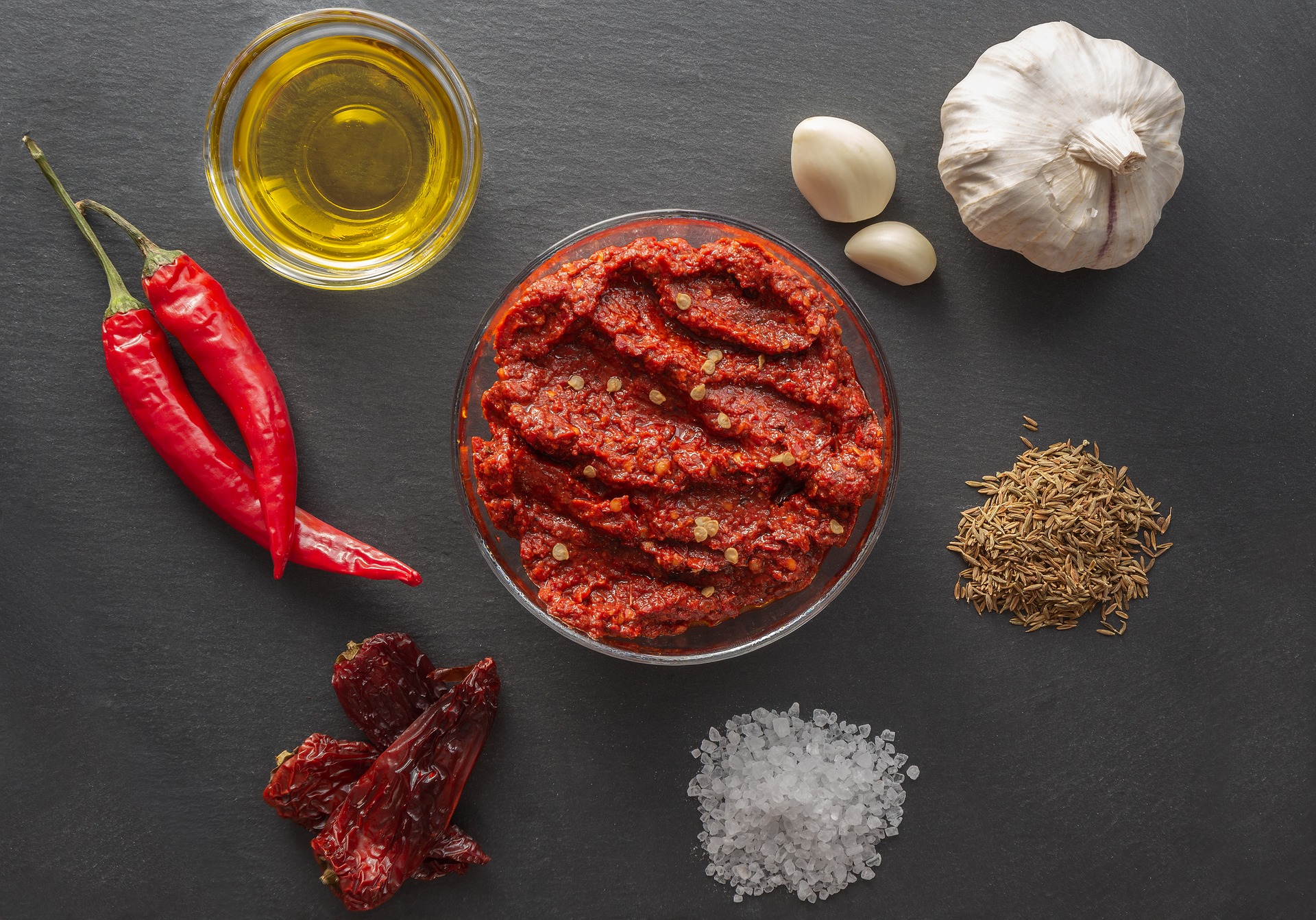 pixabay
pixabayOther popular spices in the Tunisian cuisine are jasmine, rose water, geranium, orange water, mint, basil, rosemary, oregano, bay leaf, etc. Order a meal in a typical Tunisian restaurant and prepare for exciting new sensations and tastes. You will not be disappointed!
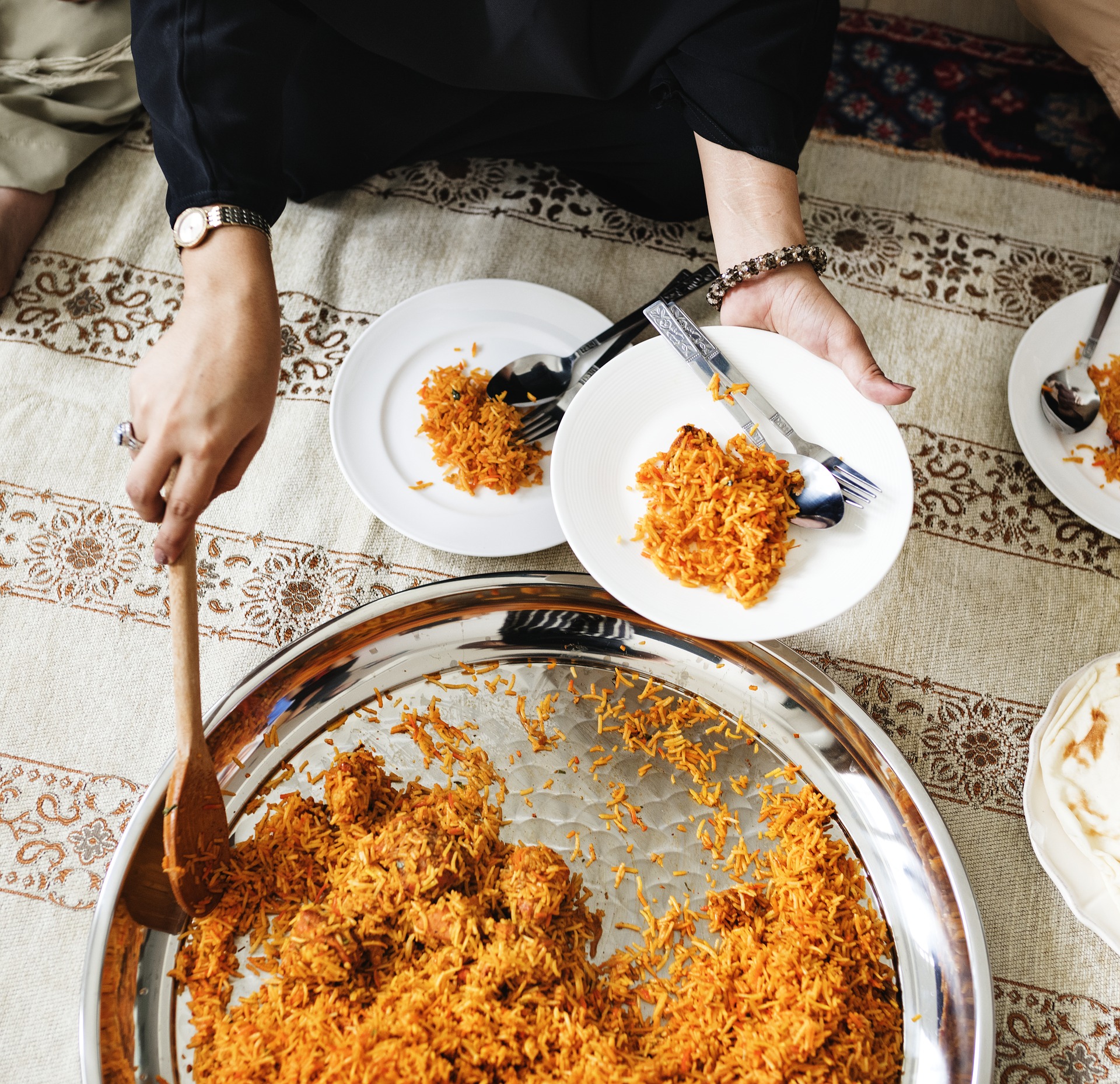 pixabay
pixabayBEST OF TUNISIA:
Not few are the landmarks that you should see in the country. The fascinating range of attractions includes as many cultural heritage as wonders of the exotic African flora and fauna. Expect many ancient finds, long beach curves and memorable adventures in the desert!
The capital Tunis - the legendary Carthage and the Bursa Citadel
Of course, we should start with the very capital of Tunisia - Tunis! Once here, the tourist falls in love with the surrounding view. Gradually, upon him reveals the magnificent yellow-brown rocks of the legendary Carthage and the hills of Birsa, the majestic citadel of the former Punic city. Both sights are a must-stop for anyone who wants to touch the whilom wealth and superiority of Tunisia.
The city itself is extremely lively. Here even the local market is exotic and interesting. The center of Tunis is a medieval town with narrow and romantic streets, mosques, markets and shops. Do not miss to see the beautiful central mosque of Tunis.
Sidi Boe Said - Heaven of Blue and White
One simply cannot talk about Tunisia without mentioning the small charming seaside village of Sidi Boe Said. It enchants tourists with its splendid panoramic views, from which the oil-blue bay of Tunisia reveals. The town is remarkably reminiscent of Andalusia in Spain because of its leading colors – the blue of the doors and windows and the white of the facades.
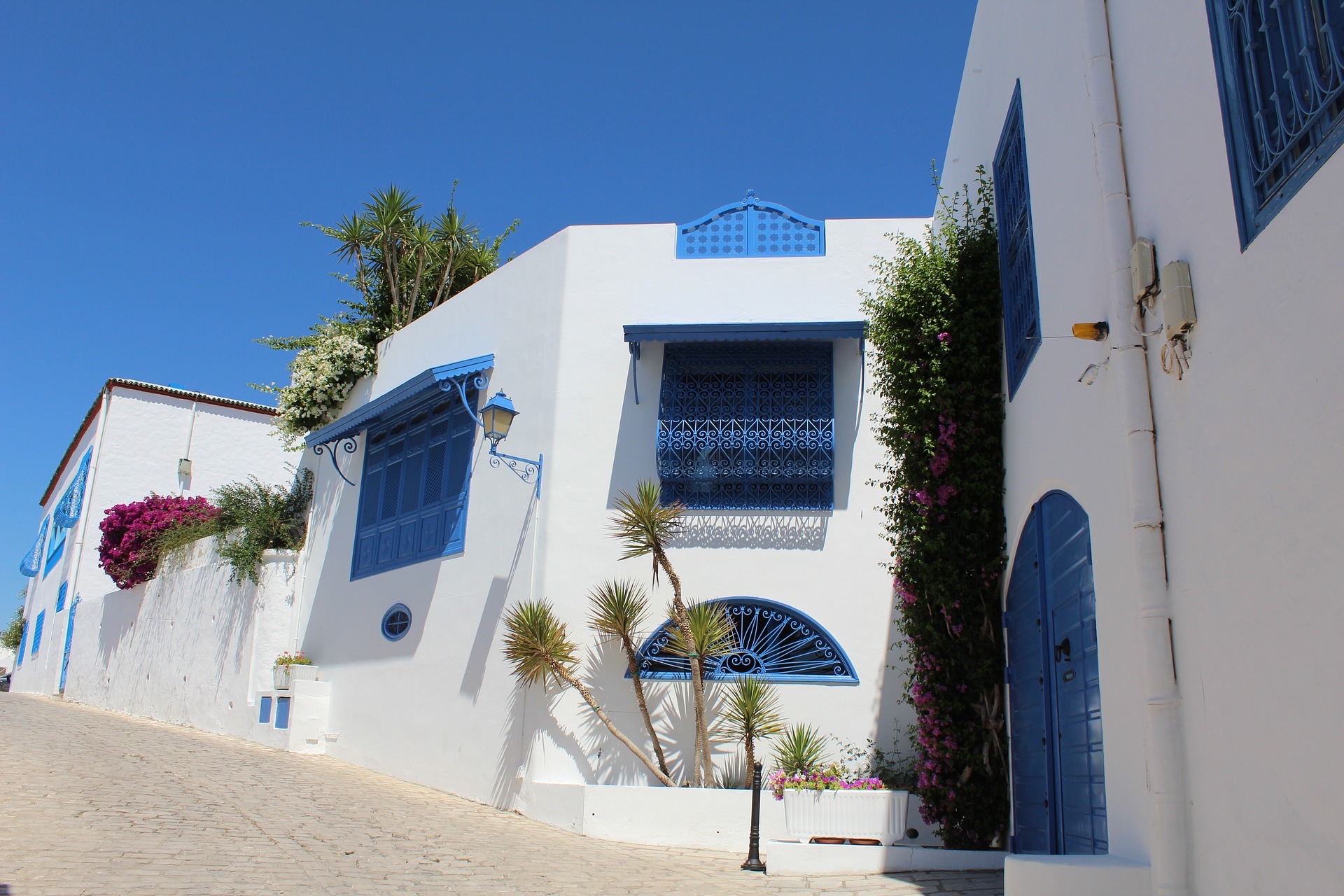 pixabay
pixabayThat is why they call it The Blue-white city. It is also known as the City of lovers and the City of painters. The last is due to its glory as an arts center full of painters, writers, musicians and bohemians at all. Today, the residence of the Tunisian president is located here.
Sousse – Tunisia’s treasure
Sousse is certainly one of the most popular resorts in the country. His old, historical part, called Medina, is truly a perfect example of the incredible Arab architecture. The old city is almost entirely preserved despite its centuries-old history. If you want to dive a few centuries back, this place is exactly for you! Here you may also visit the magical citadel (Rabat) of Sousse, situated to the northwest of the Grand Mosque. The Tower of Rabat is one of the city's main attractions.
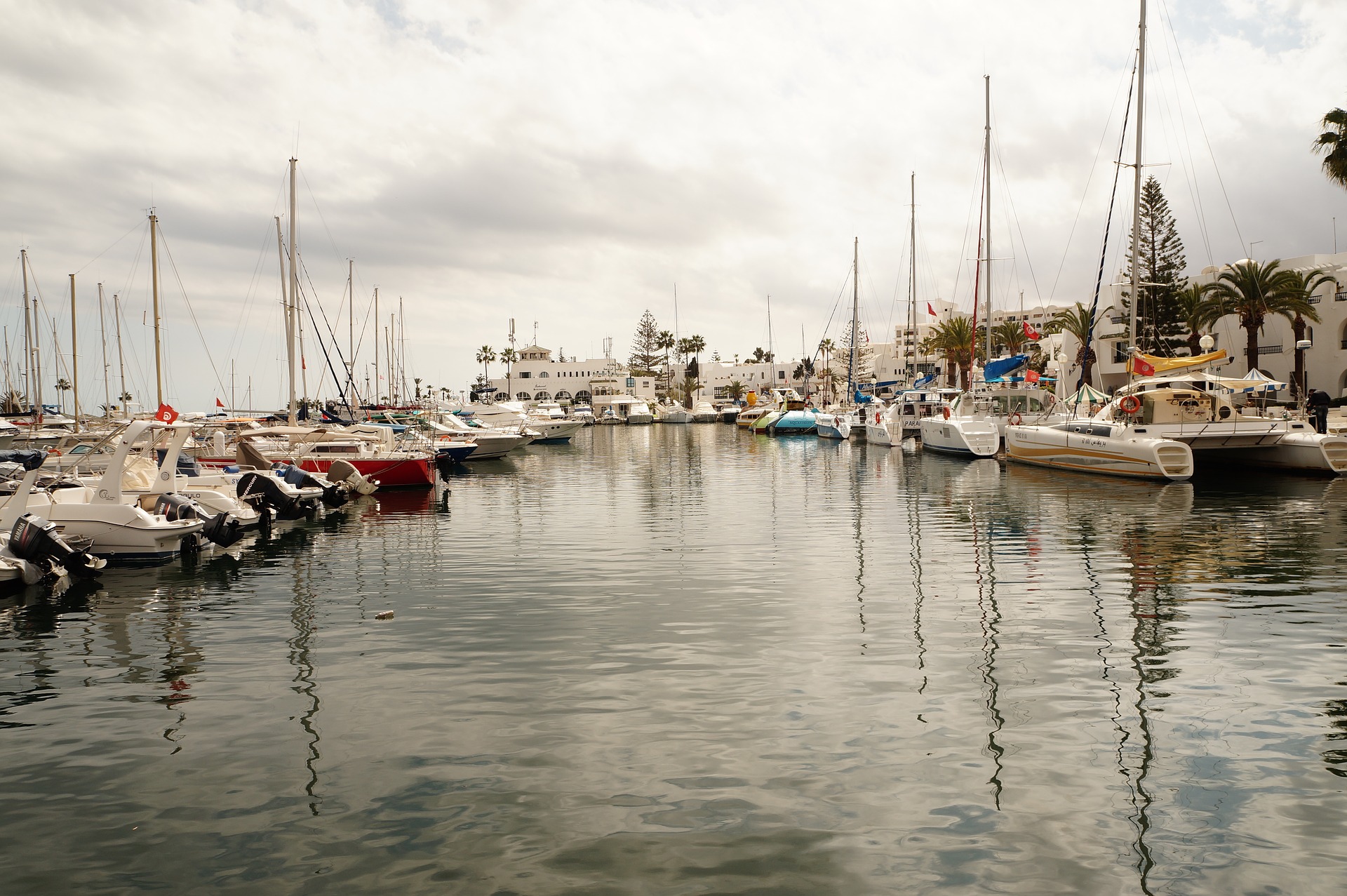 pixabay
pixabayThee fortress was once a total of 800 forts. Unfortunately, only a little has left today from its erstwhile greatness. The fortress walls were built by the Anglabid dynasty and provided strong protection from possible invasions. You should not miss to go upstairs. An amazing view of Medina will be revealed to you.
You may also visit Kasaba – one of the most magnificent cultural monuments of the city, which is basically an old fortified village. Furthermore, do not forget to visit The Archaeological Museum, which has the richest collection of antiques all over the country. Another very interesting place to go to is the Museum of the Olive.
Kairouan - The Sacred City
Fourth holiest city of Islam (after Mecca, Medina, and Jerusalem), Kairouan is an important religious pilgrimage site, and for history lovers, one of Tunisia's star tourist attractions. It is listed by UNESCO since 1988 as a World Heritage Site.
El Jem and the Amphitheater
El Jem is part of the Mahdia area. It is home to some of the most impressive Roman remains in Africa, particularly the world-famous "Amphitheater of El Jem" - a remarkable tourist attraction, to which only the Colosseum in Rome rivals.
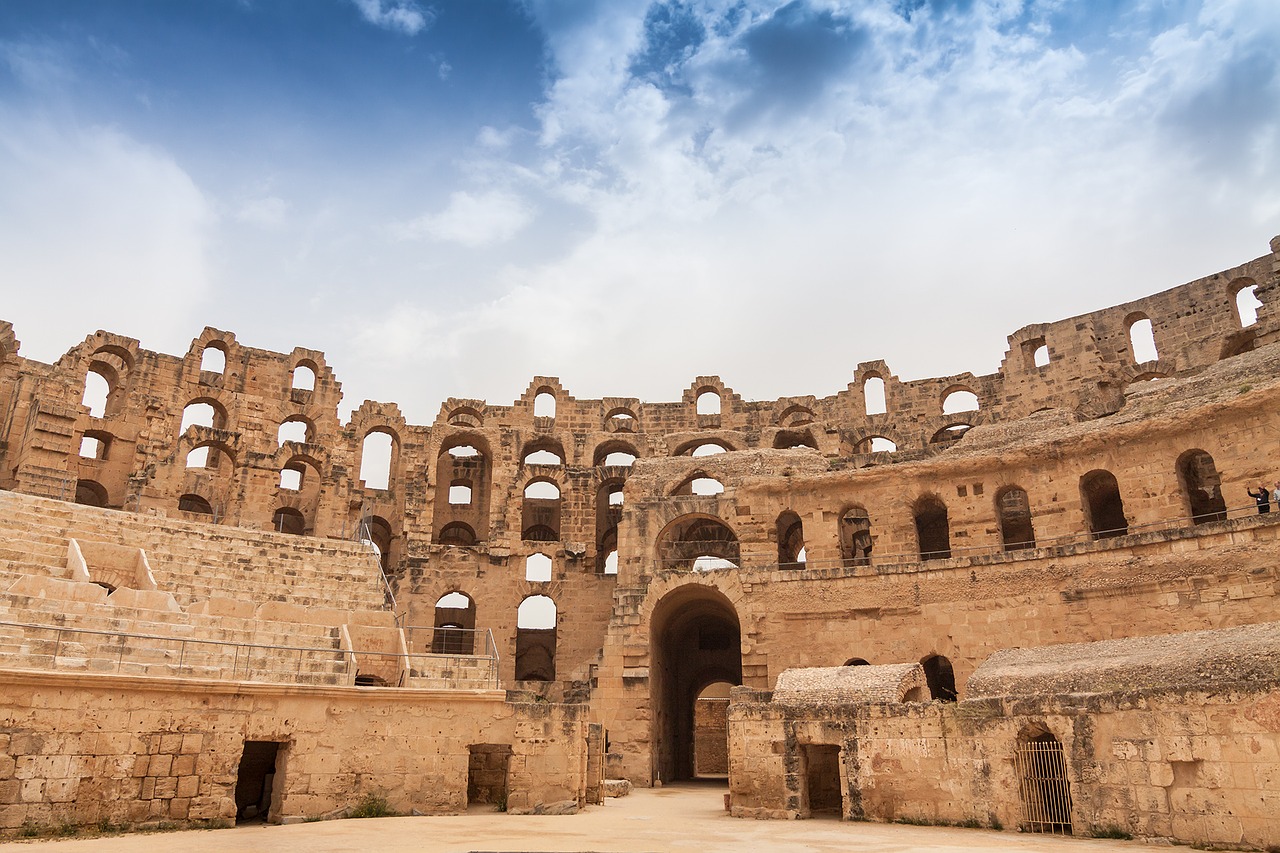 pixabay
pixabayIt was built in 3rd century AD during the reign of Emperor Gordian I. You will have the chance to sit in audience’s places, from where the spectacular gladiator battles and chariot competitions were revealed. The theater seated 35 000 people!
Douz – The door to the Desert
Relaxation, sun, tan and waves is not everything this amazing country offers. In Tunisia, besides beach rest, you can also enjoy the... desert rest! Visit the city of Douz and get closer to the Bedouin culture of the Sahara. In the past, the city has been an important stop for the trans-Saharan routes of the caravans. Here you have the opportunity to find out what it is like to ride a camel.
If you want to materialize your memories, you can also take some Sahara sand or buy a desert rose. The Tunisians say that only the Bedouins know their exact location under the Sahara's sands to dig them out.
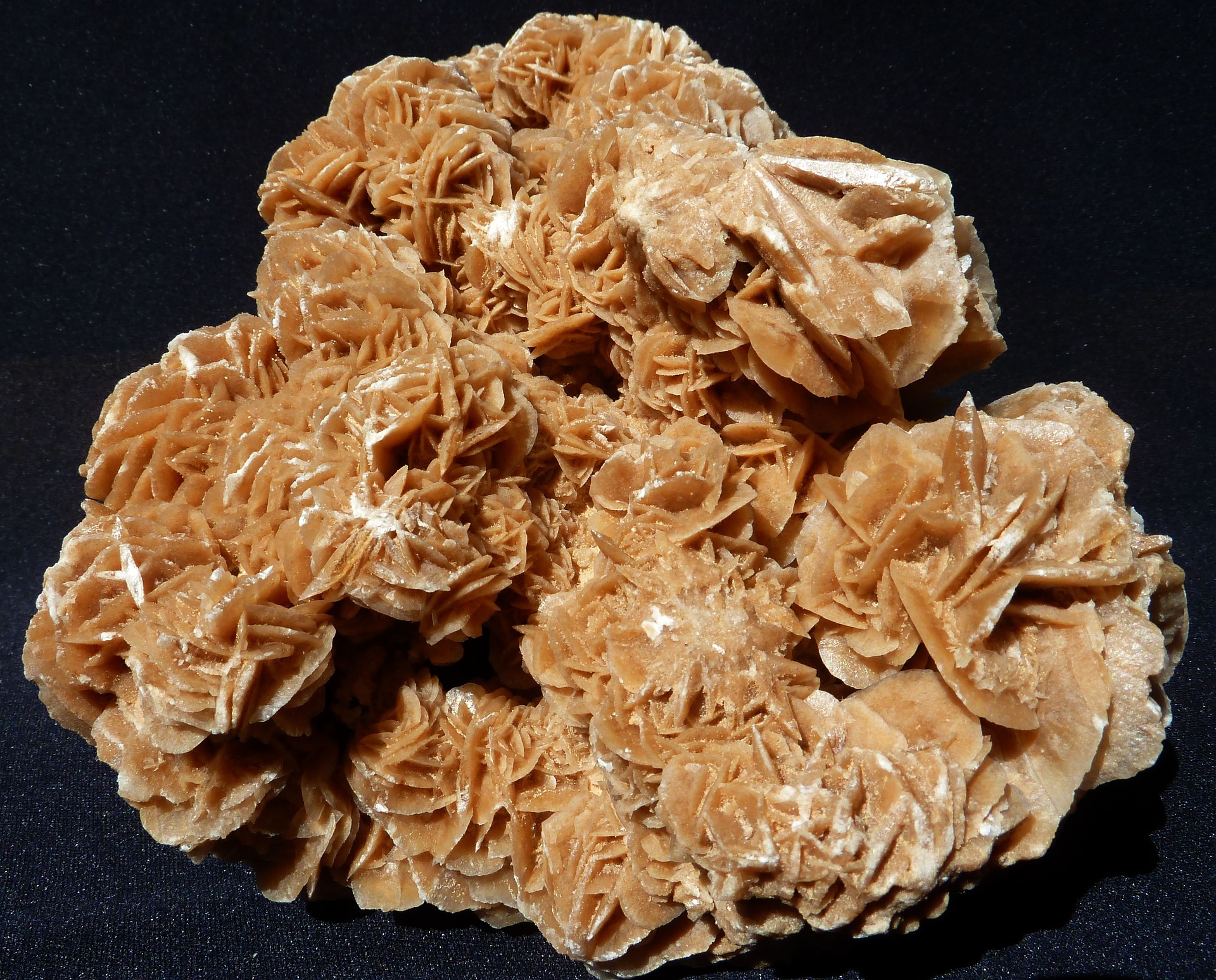 pixabay
pixabayTunisia and Star Wars
When talking about Star Wars, one always imagines a distant galaxy. But the reality turns out to be a little bit closer than we thought. In fact, four of the films were shot exactly in the desert sands of Tunisia.
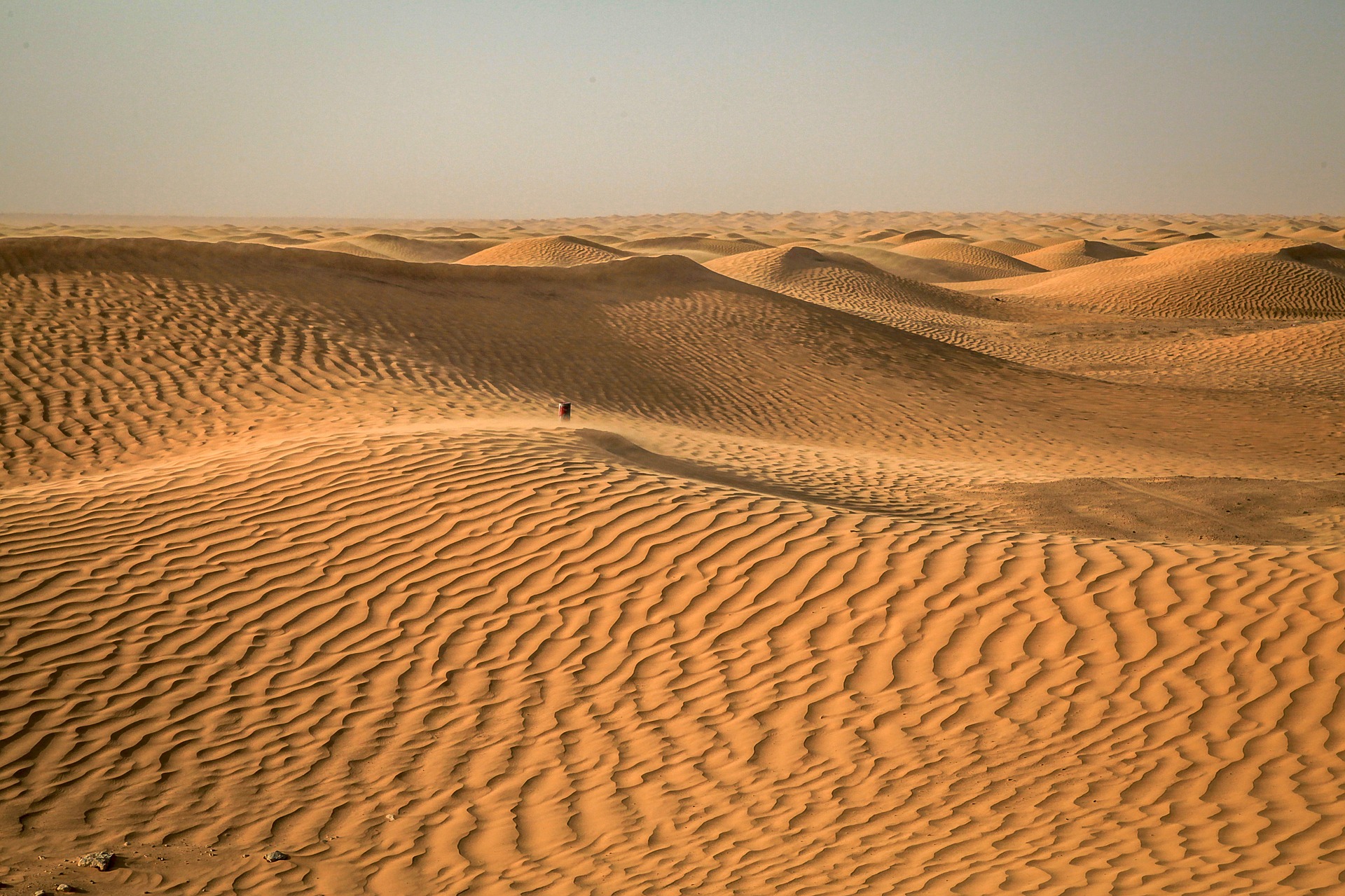 pixabay
pixabayZoo Phrygia
The incredible Zoo Phrygia is the perfect place for those who want to fully experience Africa’s exotics. Here you can freely admire the graceful giraffes and antelopes, listen to the roar of the African lion and see yourself how the little elephants and camels are playing. You can also watch the magnificent show of sea lions.
Tunisian SPA therapy
The father of medicine, Hippocrates himself noticed the healing properties of seawater thousands of years ago. Thus, the thalassotherapy with sea water was later born. Today Tunisia is extremely famous for it.
Adventure with ATVs in the desert
Besides riding a camel, in the desert you will also have the unique opportunity to ride ATV! Not only Egypt is famous for its desert adventures and Tez Tour has programs to both the countries. This is an experience that is surely worth it, so do not miss it!
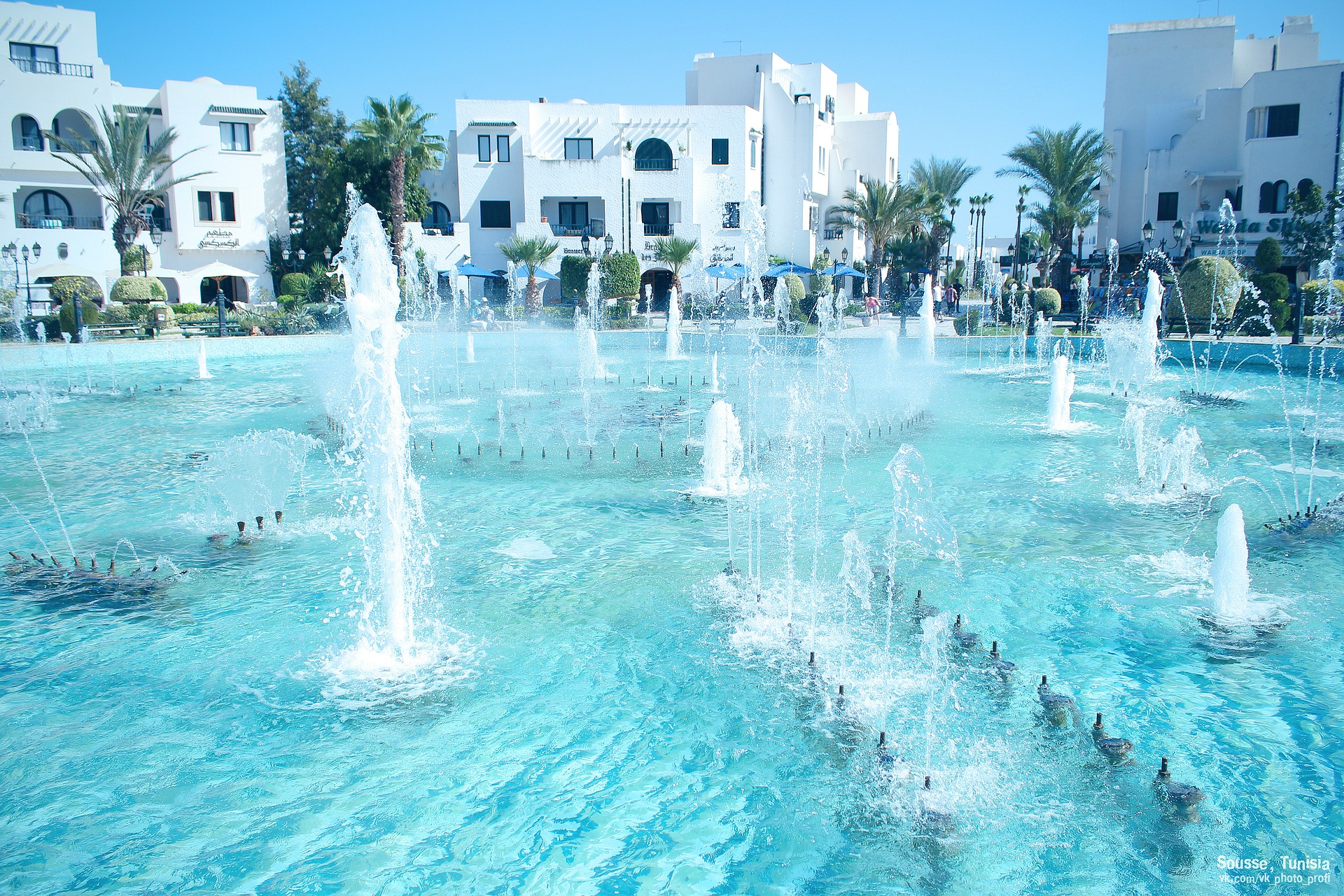 pixabay
pixabayYes – the choice is so colourful and diverse that perhaps you can no longer wait to go and touch the endless sands of Sahara, swim in the Mediterranean Sea during autumn, ride a camel and pass through all these historical layers of ups and downs. Just choose your preferred dates from the Tez Tour programs – Tunisia will receive you with open arms!


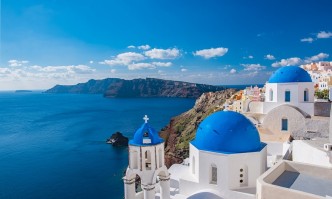
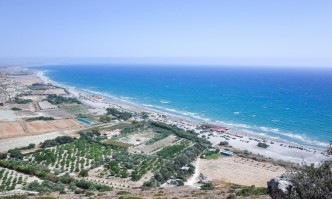
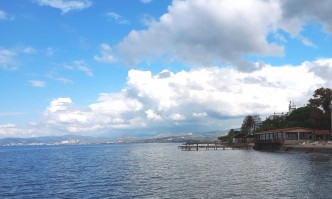
Comments (10)
26.01.2023 03:28 / Reply
28.01.2023 02:12 / Reply
yachtcharter european yachts | https://eurosegeln.com/
28.01.2023 13:38 / Reply
03.02.2023 22:16 / Reply
06.02.2023 12:12 / Reply
Add comment